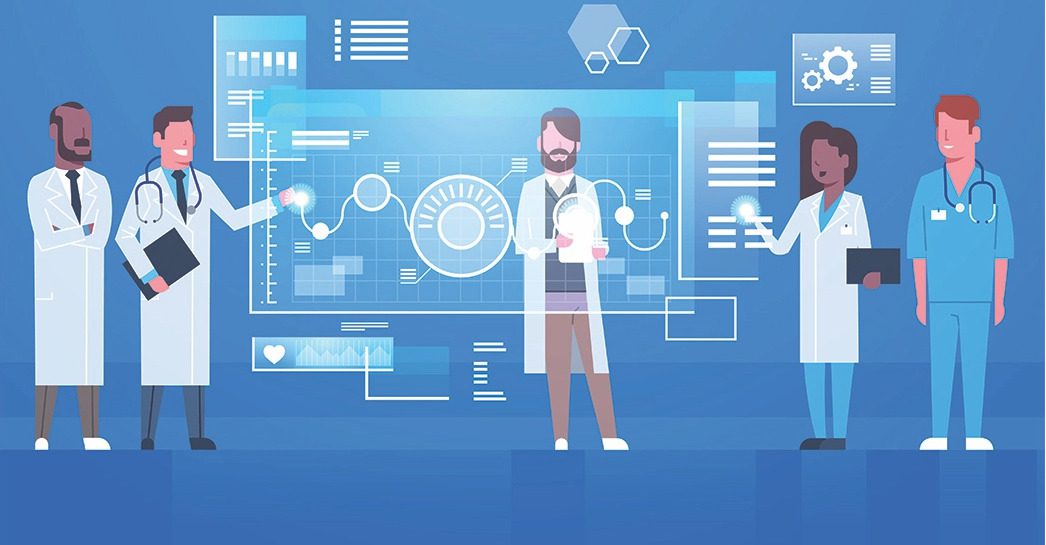Health tech is the fastest-growing discipline in the world of healthcare and medicine. It comprises tech products that allow patients to conveniently receive healthcare services anywhere without having to schedule a visit to a physician or the hospital. Health tech is giving rise to innovation and improvements in all aspects of the medicinal field, making it easier for individuals to access medical assistance in the comfort of their own homes. Many new businesses and firms, such as ever.healthcare, are leveraging health tech solutions to provide the best medical services to their patients.
The progress:
The progress of the health tech sector can be seen in the following statistics:
– The overall funding to digital health startups reached $1.62 billion in Q1 2018 — this is the most ever raised by healthcare tech businesses in the first quarter of any year (Dreamit, 2018).
– The medical device industry in the United States is expected to expand by $208 billion by 2023 (SelectUSA, 2022).
– Technology-driven innovation has the potential to improve patient understanding, facilitate more comfortable, individualized care, and generate $350–410 billion in annual value by 2025 (McKinsey, 2019).
Latest health tech:
Many technological innovations have been introduced in 2022 which have the potential to change the medical field forever. Most of these are new, while the rest are improved versions of existing technologies. Some of these are:
- RPM:
RPM (Remote Patient Monitoring) entails the use of linked technology resources to store individual health and medical information in one address and have it evaluated by a consultant in another. This information might not be assessed immediately after transmission. RPM is effective for both acute and chronic health conditions and allows doctors to monitor patients between treatment sessions in the clinic or if in-person care is not available. Wearables, which are devices that can be worn by the user, are often used in RPM and are in increasingly high demand. In fact, Deloitte predicted that by 2022, 320 million healthcare wearable devices will be shipped worldwide, and by 2024, this number can reach 440 million devices per year (Deloitte, 2021).
- Nanomedicine:
Nanomedicine is a rapidly developing field that incorporates nanotechnology with medicine — it involves materials with dimensions ranging from 1 to 100 nanometers that, in theory, must be able to selectively target tumor cells or cells of interest. These nanoparticles may also be capable of multiplexing and can be used for image analysis, dosage forms, diagnostic tests such as bioimaging, and therapeutic applications, among other things. Nanomaterials can be designed in a way that boosts or decreases the functioning and immunity of the body’s immune system as required (Chien, 2021).
- Tricorders:
A medical tricorder is a small transportable scanning gadget that allows users to self-diagnose medical issues and obtain basic vital readings in seconds. Fans of Star Trek won’t need to be told what a tricorder is, but non-fans might — it is, in essence, a handheld gadget with several functions and may be used for sensory scanning, data interpretation, and data recording.
When the medical tricorder was initially introduced as a fictional device in the 1960s, no one could have predicted that it would come into existence in the 21st century. While various firms and companies have attempted to create functional prototypes, none have received FDA clearance or made it to the market. However, efforts to finally release tricorders to the market are still ongoing, and this might happen in the near future (XPrize, 2020).
- Internet of Medical Things:
The Internet of Medical Things (IoMT) is a combination of medical equipment and software applications that communicate with healthcare IT systems via computer networks. Wi-Fi enabled medical equipment makes machine-to-machine connectivity possible and is the foundation of IoMT. Connecting patients to their physicians and permitting the exchange of patient records through a secure network can minimize needless hospital visits and the pressure on healthcare institutions (Internet of Medical Things Revolutionizing Healthcare, 2019).The global IoMT market is predicted to increase from $41 billion in 2017 to $158 billion by 2022 as per a recent Deloitte study (Deloitte Center for Health Solutions, 2018).
Bottom-line:
With the current rapid increase in technological developments, there is no doubt that the healthcare system will be completely revolutionized in the coming years, with new technologies constantly stretching the limits of what can be achieved.





























